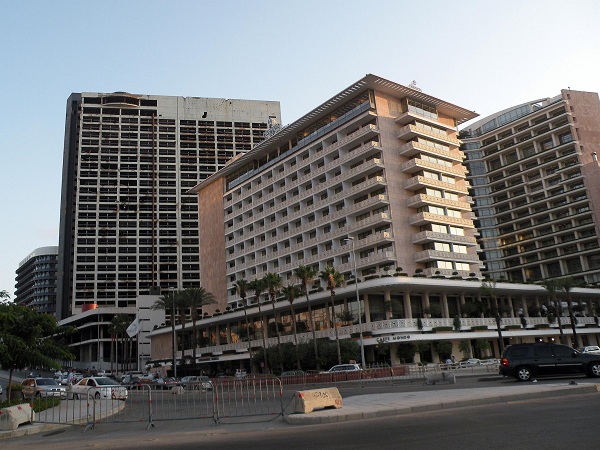The Lebanese capital and one of the most fascinating port cities in the Middle East, Beirut is a great place to visit. Once known as the ‘Paris of the East’ some thirty years ago until the civil war tore the city apart, Beirut is now thriving again with a wealth of attractions for tourists, exciting nightlife and world-class restaurant scene, plus great shopping opportunities. Come visit this vibrant getaway that was the New York Times’ ‘City of Choice’ in 2009.
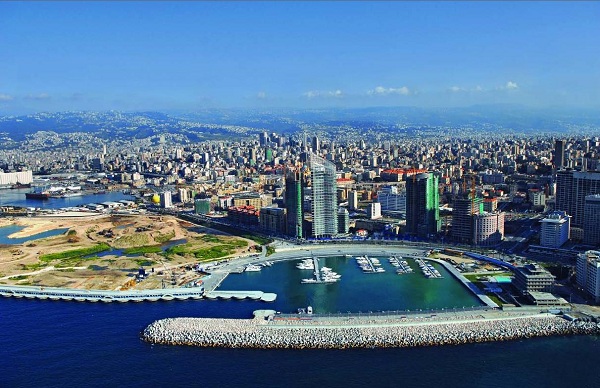
Beirut is one of the oldest cities known to mankind the history of which dates back 5000 years, however, its name appears in the Tall al’Amrinah tablets. Since the Phoenicians occupied Beirut thousands of years ago, over 7 cities have been built on what is now called Beirut. Excavations on the downtown area have unearthed layers of Phoenican, Roman, Hellenistic, Byzantine and Ottoman remains.
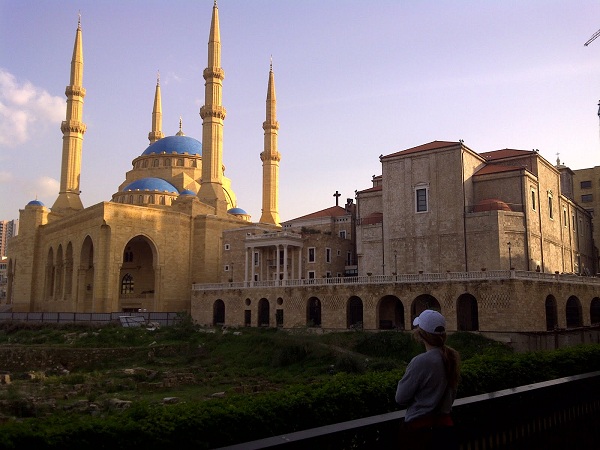
When visiting Beirut, one must realize that seeing all the places of interest in one day is virtually impossible. So plan your daily routine beforehand. Begin your Beirut adventure with a visit to Raouche – the city’s most notable natural landmark, famous for its Pigeon Rocks, huge formation, which stands like sentinels and Corniche – a long seaside promenade that encircles the city’s promontory from Saint George Bay on the North coast, stretching to Place Rafic Hariri on the West. Popular with many visitors, Corniche functions as a kind of park and a public gathering place with no shortage of palm trees, cafes, and coast views. From Pole fishing near the steps leading down to the front of the Corniche wall, to observing local customs to enjoying a coffee-and-nargileh at one of the cafes along the route, Corniche promises a walk to remember forever!
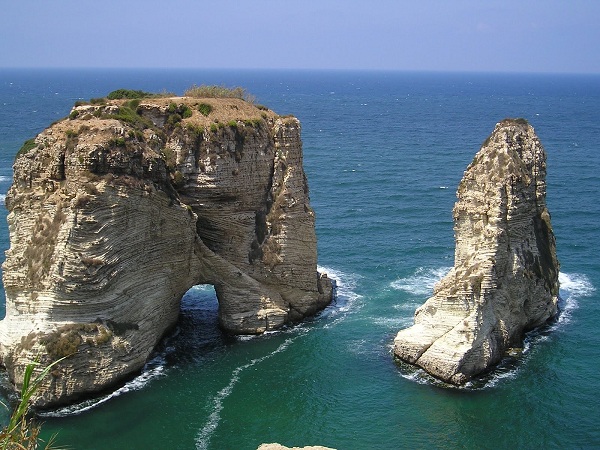
Do not miss out the stunning Beirut National Museum that besides showcasing an impressive collection of Greek, Roman, Phoenician and Egyptian antiquities, also gives visitors a unique opportunity to have a first-hand look at what war can do to a city. The story of the National Museum started in 1919 with a small group of ancient artifacts, but the museum we see today was inaugurated on May 27, 1942 by Alfred Naccache. Highlights of the museum’s collection include the famous gilded bronze Phoenician statuettes, a series of fabulous white marble baby bot statues from Echmoun and a Neolithic pebble idol from Byblos.
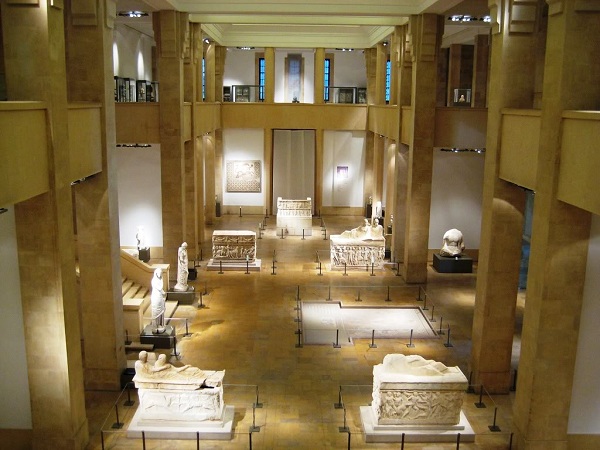
Another well-worth-a-visit attraction in Beirut is the awe-inspiring Roman Baths, originally discovered in the mid-20th century and excavated and restored by archaeologists. Located a short distance from Martyrs’ Square – a major public meeting place for nearly all of Lebanon, behind the city’s banking street, Roman Baths are open to public with no admission charge.
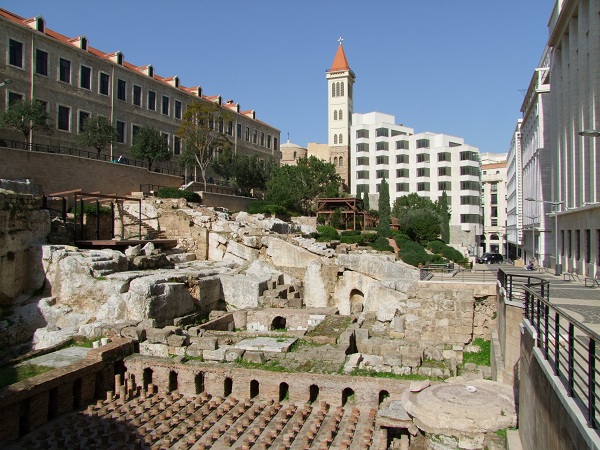
Beirut Climate
Located on the Mediterranean Sea, Beirut basically enjoys hot and humid climate with warm summers, when the temperatures can reach as high as 41°C and cool winters characterized by storms, heavy rains and almost no freezes or snows. The best time to visit Beirut is between May-June and November-December, months that come with relatively mild temperatures.
Beirut Hotels
Being a tourist city, Beirut has a lot to offer in terms of accommodation. Dozens of luxury resorts and high-end hotels are spread all over the beautiful coastline of Lebanon and in the capital city, offering quality amenities and top notch service sure to delight. Two hotels deserving of a mention are the five star Le Grey Beirut and InterContinental Phoenicia Beirut. Keep in mind that Beirut is hospi to any traveler.
